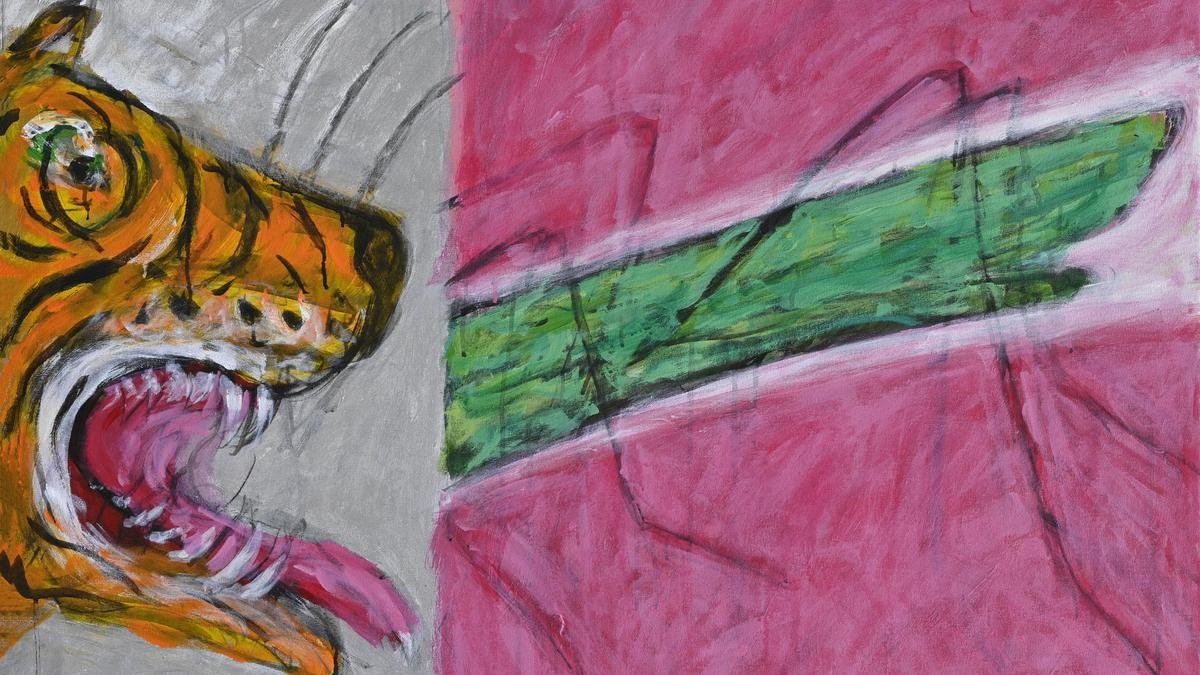The ambitious commemorative show of Tao Art Gallery’s 25th year titled Gateways and Pathways reminds me of the somewhat banal, but liberating fact about our post-truth, AI-trusting age: that no one is ordinary. Every story, every creative ferment, every point of view is valuable and meaningful.
In its essence, in the most uplifting way, the show also presents what’s liberating about this ‘everything-matters ethos’ because the multiplicity makes possible the flourishing of pluralities, dichotomies and diversities. At a guided tour soon after the show opened at Jehangir Art Gallery (till September 29, before moving to its home gallery Tao for display through October), the show’s curator, Ranjit Hoskote, points out how paradoxes and juxtapositions inform it.
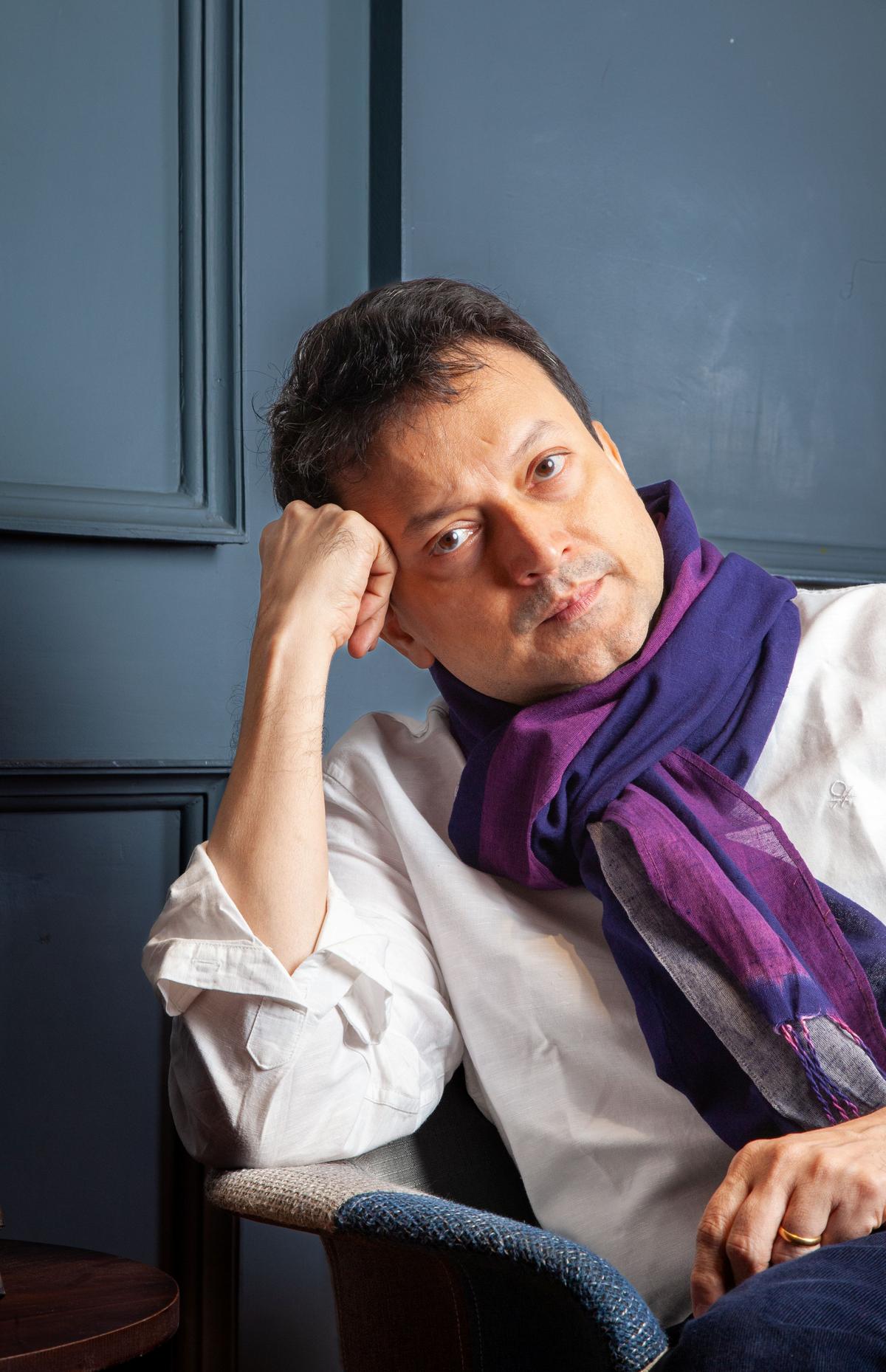
Ranjit Hoskote
“But all we asked the artists invited to participate was that they be intensely themselves,” he emphasises. The paradoxes and juxtapositions emerge from the distinct stories and artistic positions of each artist, like the salad-bowl cosmopolitanism of the world’s greatest metropolises — each ingredient standing out even as the overall flavour is a pleasing amalgam.
GDP to middle-aged men
The individual agency and flair of each artist stands out. Take for example, the most pop of installations, occupying prime spotlight at one of three spaces at Jehangir across which the show spans: GDP and Urban Legends Like That. Pedestrians from the street with their workaday rucksacks and mobile devices, perambulated the work with scrutiny and amusement. The artist behind it is Kisalay Vora, whose journey began making charcoal murals in the small Kutch town Mandvi before he established himself as a major public art pioneer in Mumbai.
Vora binds inexpensive, planet-hostile plastic in garish hues into a mammoth street cart, the kind that’s used to sell cheap toys, containers and household bric-a-bracs. The work questions what the GDP actually reflects, and who it leaves out. It critiques the illusion of growth that celebrates rising numbers, simultaneously extolling the ingenuity and endurance of those who thrive within the informal economy. When the nation talks numbers, streets talk survival, Vora seems to say.

Kisalay Vora’s GDP and Urban Legends Like That
Move a few steps away, and there’s an encounter with the legend, Himmat Shah — a bronze and terracotta sculpture, with Shah’s signature elongated human head motif. A few steps forward, Sudhir Patwardhan’s painting of melancholic faces of middle-aged men huddled together at what looks like a local bar — its currency being its stirring interiority and provinciality.
Sudhir Patwardhan’s Watchers
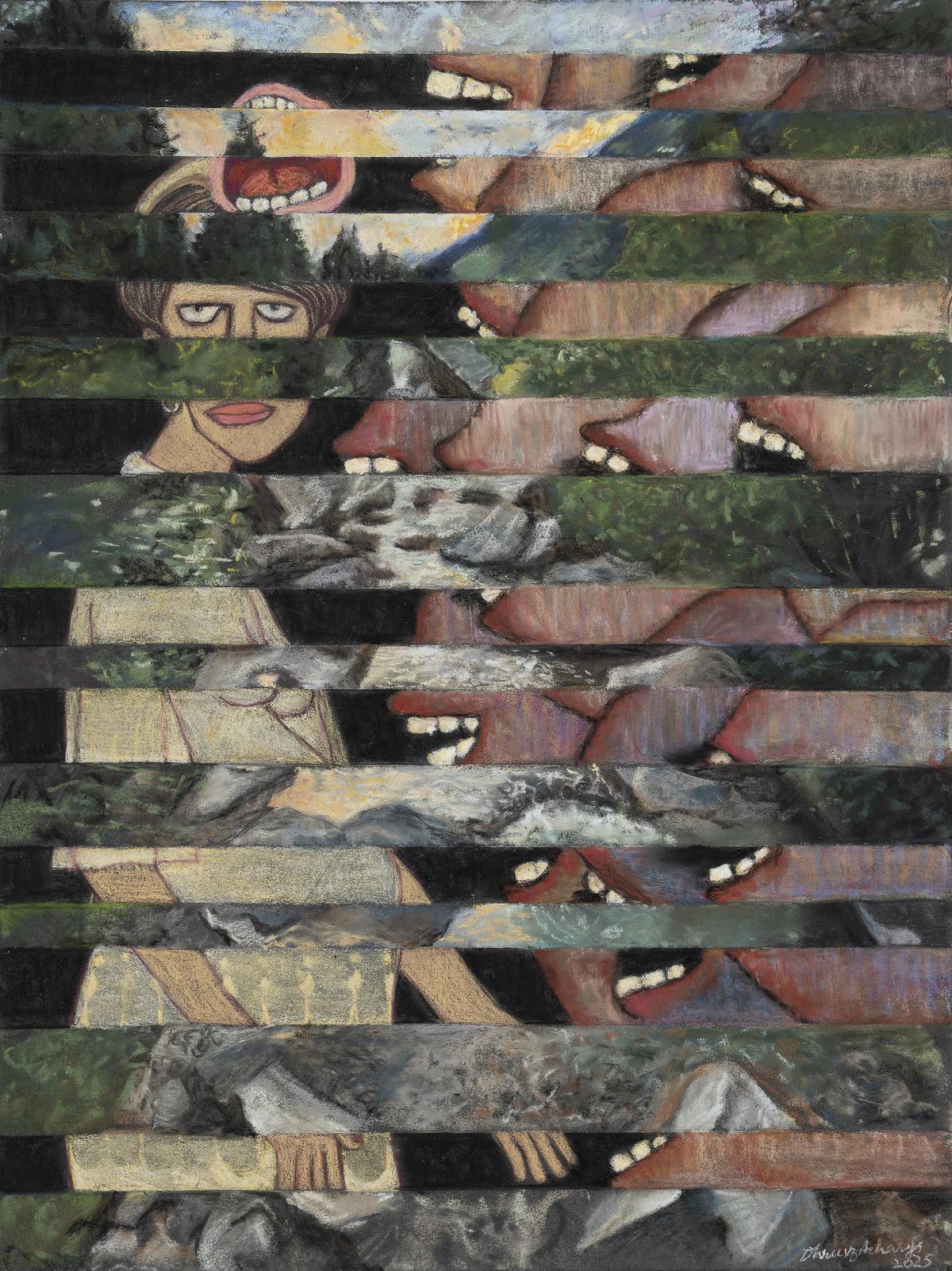
Dhruvi Acharya’s River
| Photo Credit:
Anil R.
Pathways open to Atul Dodiya’s encyclopedic cultural references, Baiju Parthan’s hybrid digital assemblages, and Jayasri Burman’s mythological narratives. Gateways lead to Manish Pushkale’s archaeological abstractions, Viraj Khanna’s textile-inspired collages, and Dhruvi Acharya’s psychologically potent urban narratives.
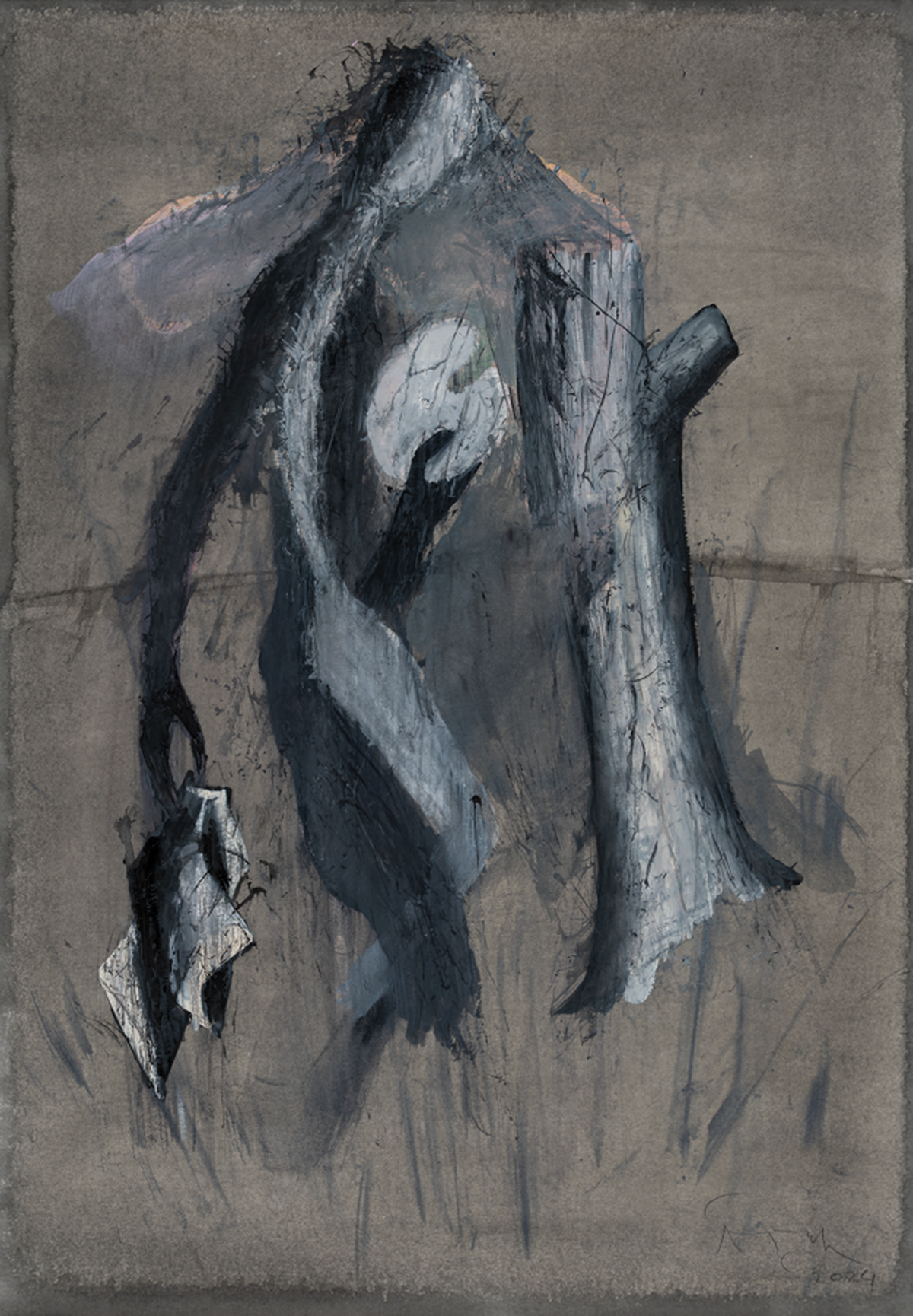
Atul Dodiya’s Silver Night (Painter)
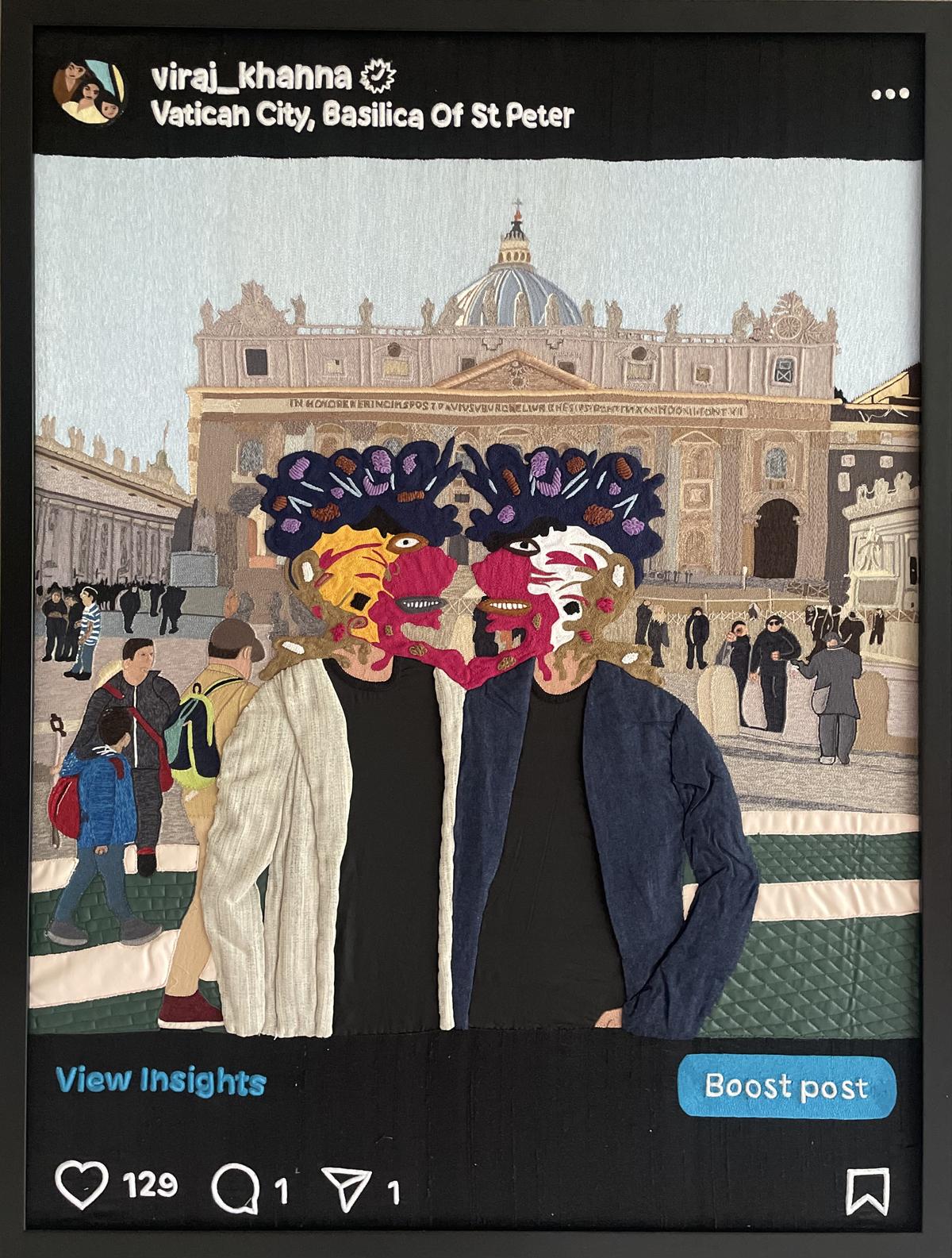
Viraj Khanna’s Roaming Around
Gateways and Pathways pulses with an almost hyperactive energy — much maligned in social media mental health activism, but a gift in isolating, divisive times.
Second generation at the gallery
The Tao has always made room for multiplicity. Founded in 2000 by Kalpana Shah, the curatorial vision embraces what Hoskote calls Tao’s “hospitable ethos”, a space that has consistently chosen plurality over prescription. “Such an art gallery may not announce itself through manifestos or add its name to debates; the rhythms and patterns of its evolution may emerge most clearly in retrospect,” writes Hoskote in his curatorial essay.
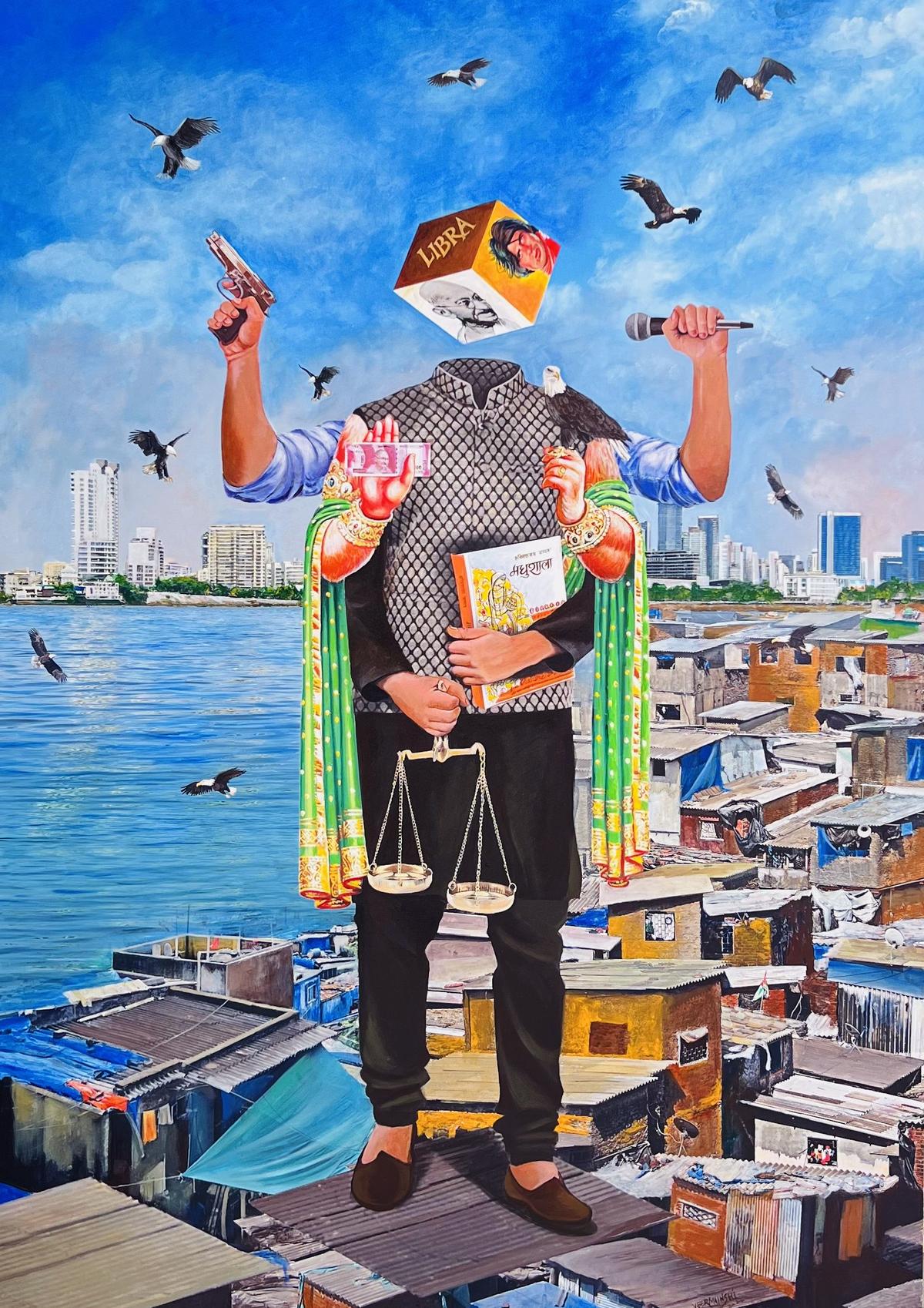
Veer Munshi’s Between Freedom and Stardom – The Libra Journey
From 2000 to now is a phase in Indian art that has witnessed the most decisive shifts from the dominance of a few major painters and sculptors, and from monolithic standards of what Indian art is or should be. Tao has showcased a wide range of practitioners, many of whom straddle the domains of art, popular culture, activism, and various subcultures.
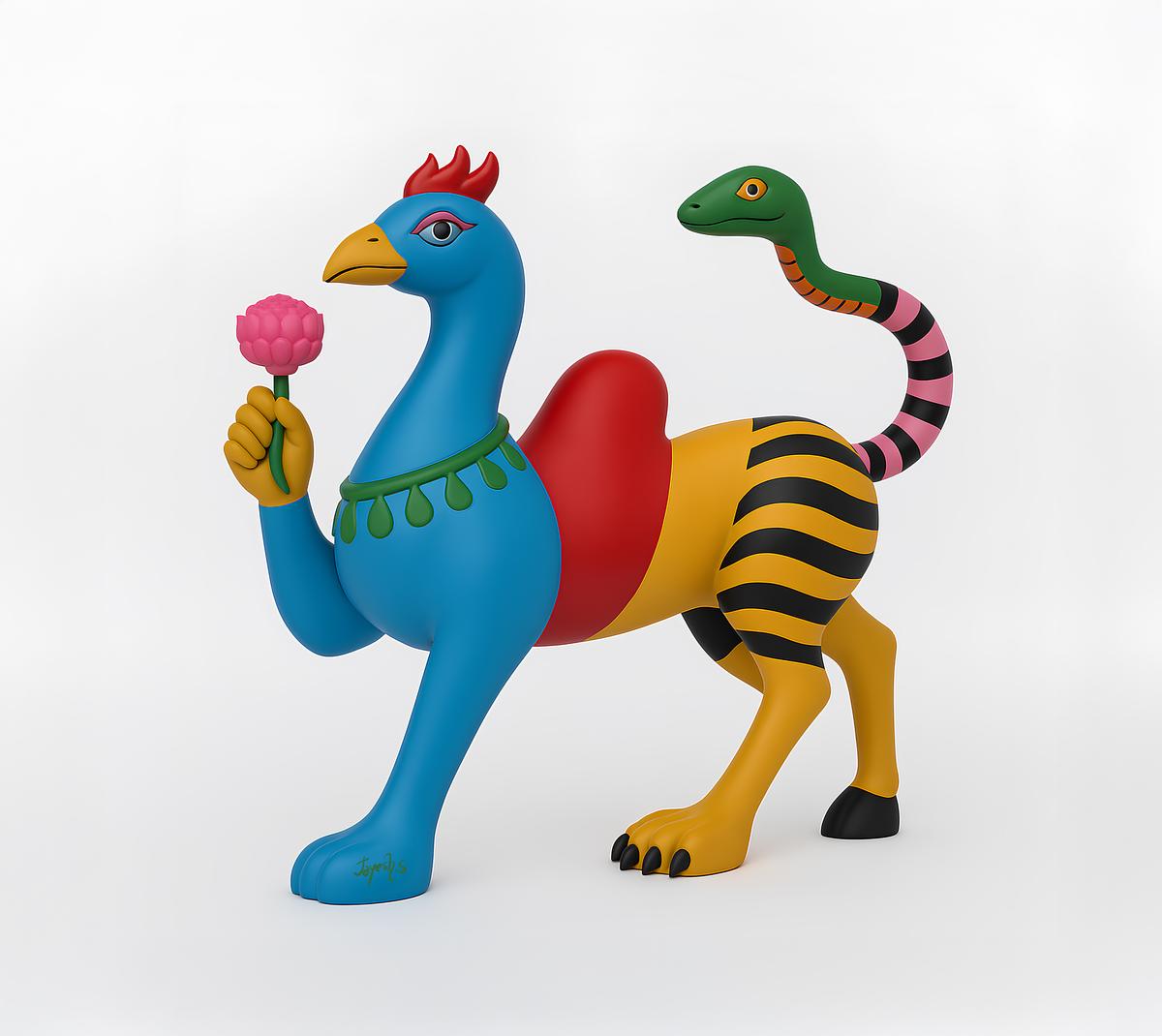
Jayesh Sachdev’s Navagunjra
Like some other art establishments in Mumbai, like Art Musings and Saffronart, Tao’s 25th year is also the year the second generation takes the story forward. Sanjana Shah, the second generation at the gallery, brings her vision to fruition with this show. “I love artists that can flow through mediums, and a lot of my new artists like Jayesh Sachdev and Viraj Khanna work simultaneously with sculpture, painting and textile,” she says. “This dexterous ability to be versatile is what I’m looking to focus on more. I also believe that the concept of self now cannot be separated from the art we create and view. So we hope to facilitate conversations around art as a preserver of culture and identity, art as therapy and a means of introspection, art surpassing boundaries both tangible and intangible.”
Sanjana Shah (left) and Kalpana Shah
Gateways and Pathways is packed with energy, surprise and fun, with artists who make putting oil on canvas look like an exquisitely refined pursuit, as well as artists who stand out because of their penchant for the odd and the lovely-ugly. They’re all here, and beneath the multi-perspectivity there’s a fragility to the show — some of the art would probably not be worth a second look if they weren’t so playful mixed up. That mix shows us how intergenerational can be such an affirmative, forward-looking impulse in formal art patronage.
The writer and critic is based in Mumbai.
Published – September 27, 2025 06:11 pm IST
